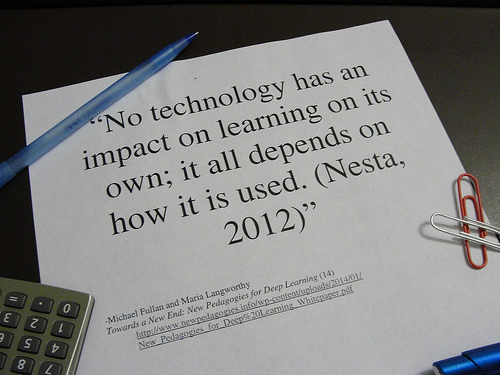This week’s EBN Twitter Chat on Wednesday 18th January between 8-9 pm (UK time) will be lead by Kirsten Huby, Lecturer in Children’s Nursing, University of Leeds, @KirstenHuby focussing on learning technologies. Participating in the Twitter chat requires a Twitter account; if you do not have one you can create an account at www.twitter.com. Once you have an account, contributing is straightforward. You can follow the discussion by searching links to #ebnjc, or contribute by creating and sending a tweet (tweets are text messages limited to 140 characters) to @EBNursingBMJ adding #ebnjc (the EBN Twitter chat hash tag) to your tweet, this allows everyone taking part to view your tweets.
you can create an account at www.twitter.com. Once you have an account, contributing is straightforward. You can follow the discussion by searching links to #ebnjc, or contribute by creating and sending a tweet (tweets are text messages limited to 140 characters) to @EBNursingBMJ adding #ebnjc (the EBN Twitter chat hash tag) to your tweet, this allows everyone taking part to view your tweets.
We are surrounded by technology that assists us in every aspect of our life and education is no exception. It has never been easier to access information and learning resources on an almost infinite number of topics. We can collaborate and attend conferences in virtual spaces and share ideas in real time or whenever we have a minute spare! Our learning can incorporate teacher-led instruction, be led by our own interest and desire to learn or a combination; what is becoming apparent is that social learning in digital forums is enhancing learning by bringing interested parties together (Simon Nelson 2017). As health professionals continually learning and demonstrating how this learning has occurred in the digital world is opening doors and making digital learning easier. Whilst digital learning enables us to be flexible in our learning it also requires a degree of digital literacy. This has been defined by the European commission (2010) as “the confident critical use of ICT for work, leisure, learning and communication”. Digital literacy is a wider concept than just being able to use specific tools it also encompasses the ability to find, manage and evaluate the information that is available and understand how data is stored and shared in order to remain safe in virtual spaces. Ultimately educational technology is there to help improve education and facilitate student learning (Forest, 2015), the educational goals should be identified first but we need to be able to engage with the technology if we are to enhance our learning.
our own interest and desire to learn or a combination; what is becoming apparent is that social learning in digital forums is enhancing learning by bringing interested parties together (Simon Nelson 2017). As health professionals continually learning and demonstrating how this learning has occurred in the digital world is opening doors and making digital learning easier. Whilst digital learning enables us to be flexible in our learning it also requires a degree of digital literacy. This has been defined by the European commission (2010) as “the confident critical use of ICT for work, leisure, learning and communication”. Digital literacy is a wider concept than just being able to use specific tools it also encompasses the ability to find, manage and evaluate the information that is available and understand how data is stored and shared in order to remain safe in virtual spaces. Ultimately educational technology is there to help improve education and facilitate student learning (Forest, 2015), the educational goals should be identified first but we need to be able to engage with the technology if we are to enhance our learning.
Within the Twitter chat I would like to explore:
- What technologies you currently use to support your learning and how effective you think they are?
- The reasons why you would choose or not choose to learn using technology?
- The facilitators that help you to engage with learning using technology?
- The barriers you have encountered to engaging with learning using technology?
- And finally the one app, device or program that you wouldn’t want to be without!
For those that feel they would like to learn more about working and learning in digital ways FutureLearn (a digital platform that hosts courses produced by educational institutions, organisations and businesses) offer a number of free online courses to get you started. https://www.futurelearn.com/courses?utf8=%E2%9C%93&filter_category=online-and-digital&filter_availability=new-and-upcoming
European Commission, 2010. Digital Literacy European Commission Working Paper and Recommendations from Digital Literacy High-Level Expert Group. [online]. [Accessed 12 January 2017]. Available from: http://www.ifap.ru/library/book386.pdf
Forest, E., 2015. Educational technology: An Overview. 18 November. Educational technology [online]. [Accessed 12 January 2017]. Available from: http://educationaltechnology.net/educational-technology-an-overview/
Nelson, S. 2017. DigiFest Keynote – Simon Nelson, CEO, FutureLearn. Student Education Conference and Digital Festival, 5 January, Leeds.